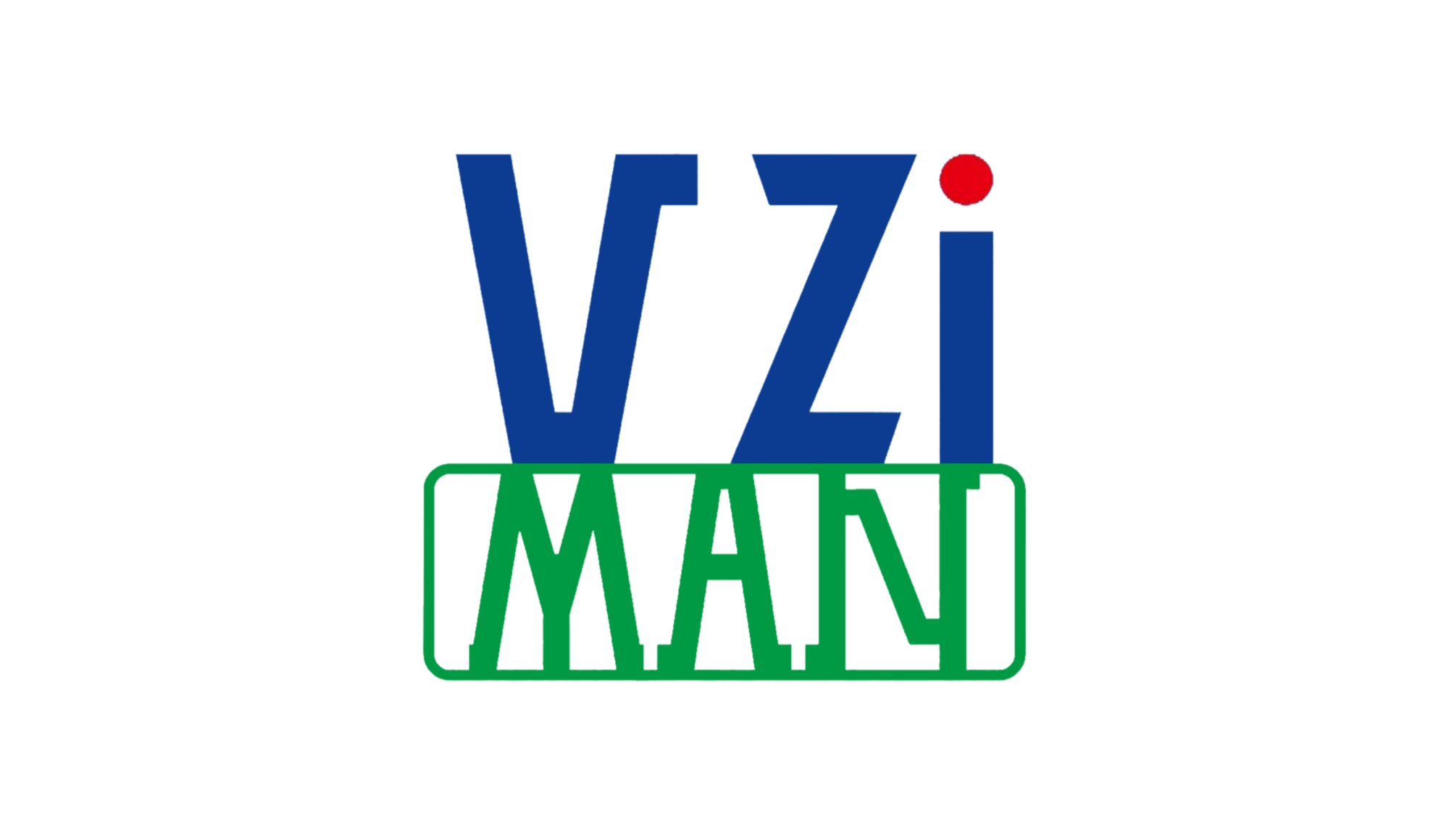| Brand | Vziman |
| Model NO. | SVR - High Voltage Feed Voltage Regulating Transformer |
| Voltage grade | 35KV |
| Series | SVR - High Voltage Feed Voltage Regulating Transformer |
Product advantages:
The SVR series automatic voltage regulating and stabilizing transformers for high-voltage feed lines track changes in line voltage, automatically collect and control signals from the circuit, and automatically adjust the transformer ratio of the device to ensure stable output voltage.
The voltage regulating transformer produced by WONE can automatically adjust the input voltage within a range of ± 20%, suitable for lines with high voltage fluctuations or voltage drops. This type of feeder voltage regulator is installed in series at the middle and rear of 3KV-38KV lines to adjust the line voltage within a certain range, ensuring the power supply voltage of users.
The SVR series feeder automatic voltage regulator produced by WONE is also suitable for substations where the main transformer does not have voltage regulation capability. This type of voltage regulator is installed on the outlet side of the substation transformer to ensure the voltage of the busbar on the outlet side.
The SVR series feeder automatic voltage regulator is suitable for high or low voltage unstable places such as rural power grids, tunnels, oil fields, mining areas, chemical industries, substations, etc. At present, this product has been sold to developing countries such as Central Asia, Africa, Southeast Asia, and South America.
Ordering instructions:
Main parameters of transformer (voltage, capacity, loss and other main parameters).
Transformer operating environment (altitude, temperature, humidity, location, etc.).
Other customization requirements (tap switch, color, oil pillow, etc.).
The minimum order quantity is 1 sets, worldwide delivery within 7 days.
Normal delivery period of 30 days, worldwide fast delivery.
What is SVR?
SVR (Static Var Regulator) is a device used to regulate reactive power and voltage in power systems. It maintains the stability of the system voltage by dynamically adjusting the output of reactive power, thus improving power quality and the operating efficiency of the system. The following are some detailed knowledge points related to SVR:
Basic ConceptsL:
Reactive Power:
Reactive power refers to the power exchanged between inductive and capacitive elements and the power source in an AC circuit. Reactive power does not consume energy, but it affects the voltage level and power factor of the system.
SVR:The static var regulator is a device capable of dynamically adjusting reactive power, which is used to maintain the voltage stability of the power system.
Working Principles:
Reactive Power Compensation:
SVR regulates the voltage level of the system by injecting or absorbing reactive power into the system. When the system voltage drops, SVR injects reactive power; when the system voltage rises, SVR absorbs reactive power.
Dynamic Response:
SVR can quickly respond to voltage fluctuations in the system, providing immediate reactive power support to ensure voltage stability.
Control Mode:
SVR usually adopts closed-loop control. It monitors the system voltage and current through sensors, and the controller adjusts the output of reactive power according to the monitored data.






